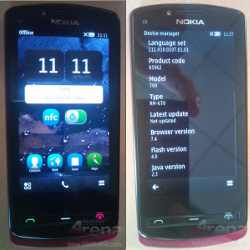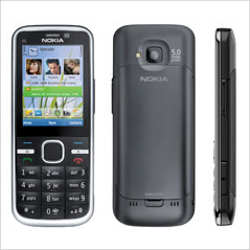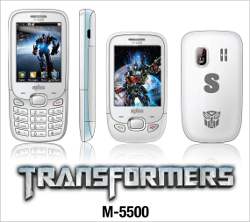Google has announced its third attempt at a social networking platform after Orkut and Buzz. The first being Orkut, which is popular but has failed to challenge the formidable Facebook. The new platform is meant to enable more natural social networking among people.
It will be possible to group contacts so that updates needn’t be sent to everyone; and there is a feature called Hangout that can be visited by people when they are in the mood to chat. Hangout has video chatting and similar capabilities.
The best part is that this platform will be mobile ready right from go. The platform will use the phone’s location information to enable people to meet their friends when they’re in the vicinity. The feature is in essence a group Messaging service. The social network will also allow users to upload media directly from their mobiles.
Given that Google owns the Android platform, the current dominant player in the smartphone space, we expect the integration to be really tight, enabling even better usability than the web version will allow.
The new platform, currently called Google +, will allow people to segregate friends and family, and to also make ‘friend circles’ such that one’s closest friends can be in a small circle; while one’s acquaintances occupy a larger circle. Users will have the option to share updates with the circle of their choice.
Another function called Spark is like a discussion board allowing people to share videos, reading material etc. It is also possible to search and hold discussions here.
Currently the platform is under trial and is only available through invitation. Google+ is available on Android Market and the mobile web, and it’s coming soon to the App Store as well.



 Nokia 700 protoype handset has a 3.2 inch capacitive Amoled touchscreen nHD display. This handset will run on a 1 GHz processor and will feature Symbian Anna’s successor, Belle. Symbian Belle is one of the many significant updates promised to Nokia users. At the bottom, the Nokia 700 features a coloured speaker mesh.
Nokia 700 protoype handset has a 3.2 inch capacitive Amoled touchscreen nHD display. This handset will run on a 1 GHz processor and will feature Symbian Anna’s successor, Belle. Symbian Belle is one of the many significant updates promised to Nokia users. At the bottom, the Nokia 700 features a coloured speaker mesh.
 The C5-00 features a 5
The C5-00 features a 5  The phone has a 2.4 inch touchscreen, a 1.3
The phone has a 2.4 inch touchscreen, a 1.3